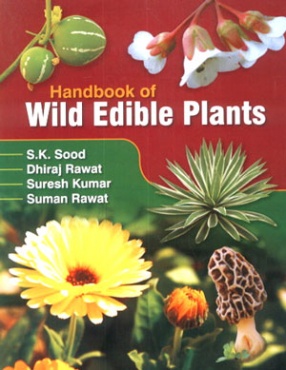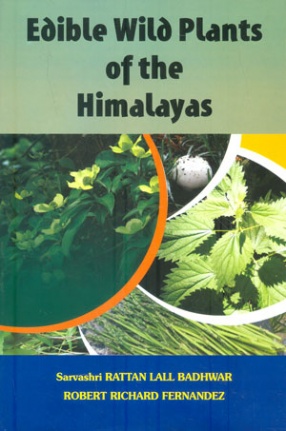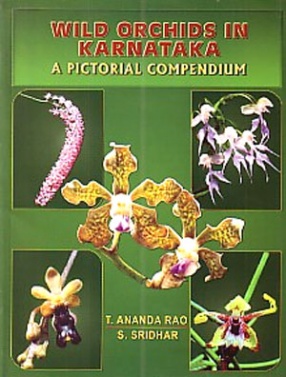Thirty Seven Bamboos Growing in India
Synopsis
From the preface: "Bamboos belong to the subfamily bambusoideae of the family gramineae. These are woody grasses, very few of them are climbers. About 100 species of bamboos have been recorded from India. Usefulness of bamboos to mankind is well-known. They are comparatively cheap and available in plenty to meet the growing requirements of the human population, from the child's cradle to the dead man's bier. The Forest Research Institute, Dehra Dun, has the richest live collection of bamboos in India. This valuable live collection of bamboos has been the main source of material for various kinds of studies, fundamental and applied, done at FRI and other institutes of India. Taxonomic differences in flowering plants are primarily based on reproductive organs i.e. flowers and fruits. In case of bamboos, these are, however, available at long intervals as most bamboos flower gregariously at an interval of 30 to 60 years and die soon after. This phenomenon poses a special problem in their identification. In the year 1896 J.S. Gamble identified most of the old world bamboos on the basis of flowers and vegetative characters. Subsequently some botanists used different characters of clum-sheaths as the basis for identification of bamboos. However, this system requires a long series of sheaths that clasp the successive internodes showing a progressive variation acropetally in the size, shape, structure etc. of the sheath proper and its appendages. The study of young vegetative shoots which sprout annually during rainy season reveals that they are highly characteristic and, therefore, can be conveniently used as a tool for identification of different species of bamboos. In this book characteristic features of young shoots of bamboos have been depicted in coloured plates in order to facilitate easy identification of bamboos. The coloured illustrations were made from the live specimens, growing in the arboreta and botanical garden of Forest Research Institute, Dehra Dun and Indian Botanic Garden, Howrah by the then Chief Artist Mr. P.N. Sharma under the supervision of Prof. K.C. Sahni and late Dr. K.N. Bahadur. The text is divided into three main chapters. The chapter on introduction deals in brief about general distribution, morphology of main vegetative parts, flowering, classification etc. The chapter on propagation gives and idea, in general, about various methods adopted for propagation of bamboos and the problems involved in it. In the last chapter on the account of the species the nomenclature, English names, vernacular names, vegetative characters, distribution/occurrence, flowering, uses, etc. of the thirty seven bamboos, for which coloured plates prepared, have been given. For each species the text is followed by the respective plates.
Read more
87.40
78.66
$
92.00 $
Free delivery Wolrdwidе in 10-18 days
Ships in 2-4 days from New Delhi
Membership for 1 Year $35.00
Get it now and save 10%
Get it now and save 10%
BECOME A MEMBER
Books by the same authors






Bibliographic information
S.S.R. Bennet